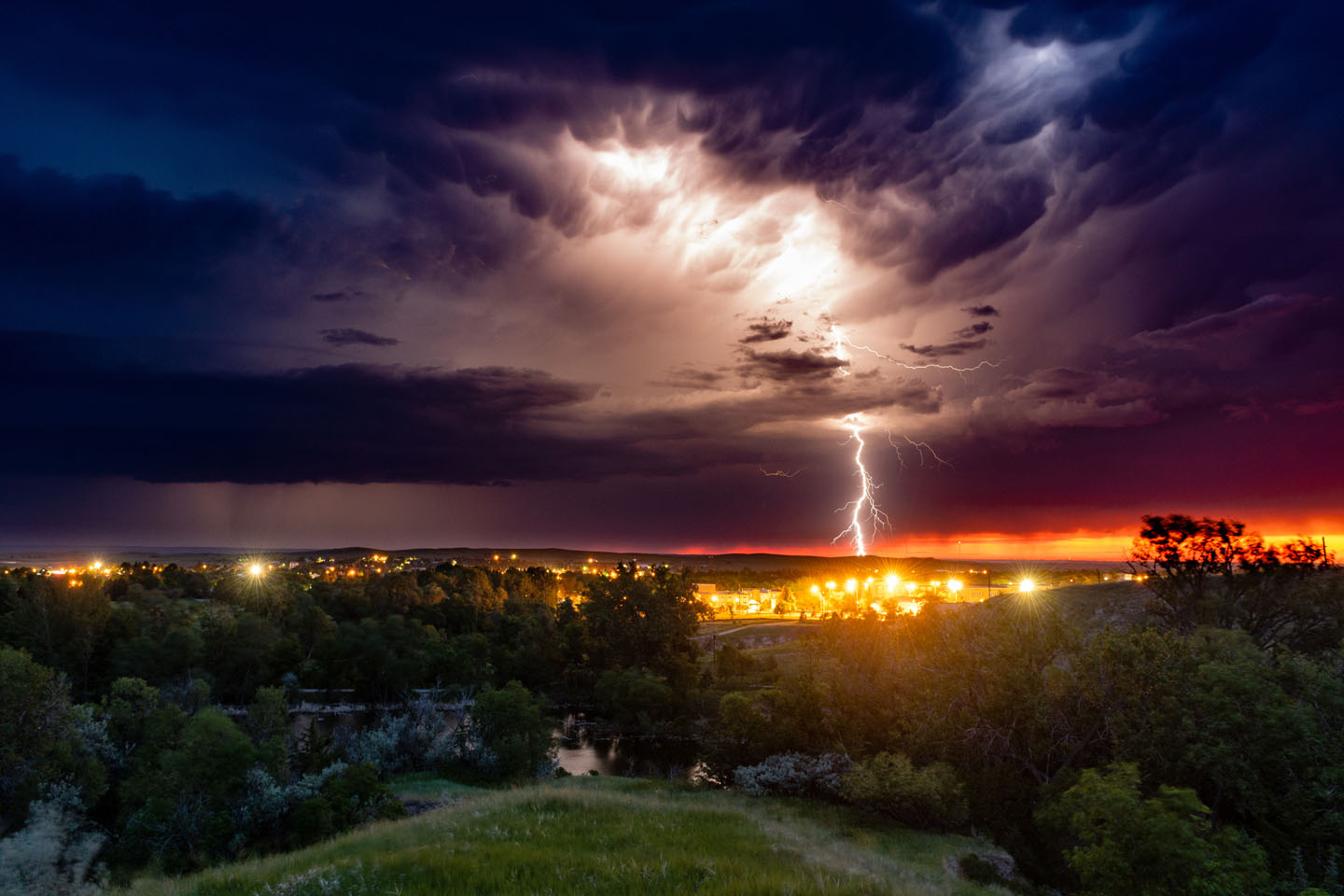
Story and photos by Justin Haag
As a regional editor in the Panhandle, my job takes me to some of the most magnificent public lands in the state. Nebraskaland readers know the Pine Ridge, Sandhills and Wildcat Hills have no shortage of natural wonders that serve a nature photographer well.
Perhaps the destination I am most thankful for does not show up on most maps, and isn’t even outside the city limits of my home, Chadron. As a matter of convenience, the Thompson Natural History Preserve and adjacent land owned by Chadron State College is my go-to when I need a quick fix of the outdoors.
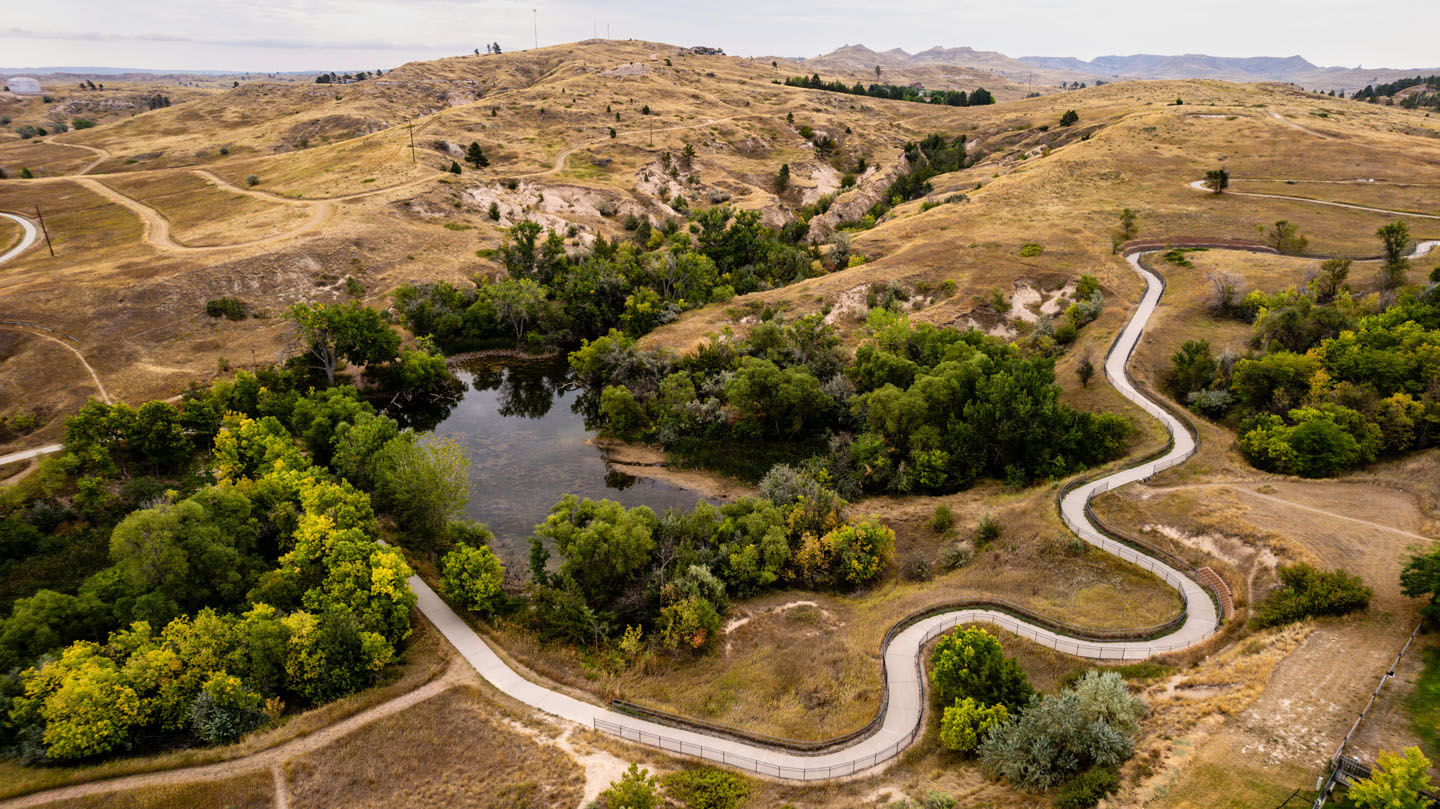
At less than 200 steps from my house, I almost daily enter a system of trails that course around two ponds and hills overlooking the town from a vantage of more than 200 feet above. With a diverse mix of wide, multi-use trails of concrete or buffalo grass, and undeveloped single-track, the property serves well for running, biking and hiking. Our dog seems to love it even more than I do.
In total, the trails cover about 200 acres of open property owned by Chadron State College and the Chadron State Foundation. Some points of interest include Briggs Pond, the landmark C Hill and a makeshift labyrinth of stones in the deep footprint of the city’s old cistern. After a 2006 wildfire scorched the ponderosa pines on the hills, much of the property evolved from forest to grassland. Wildlife is still plenty attracted to it.
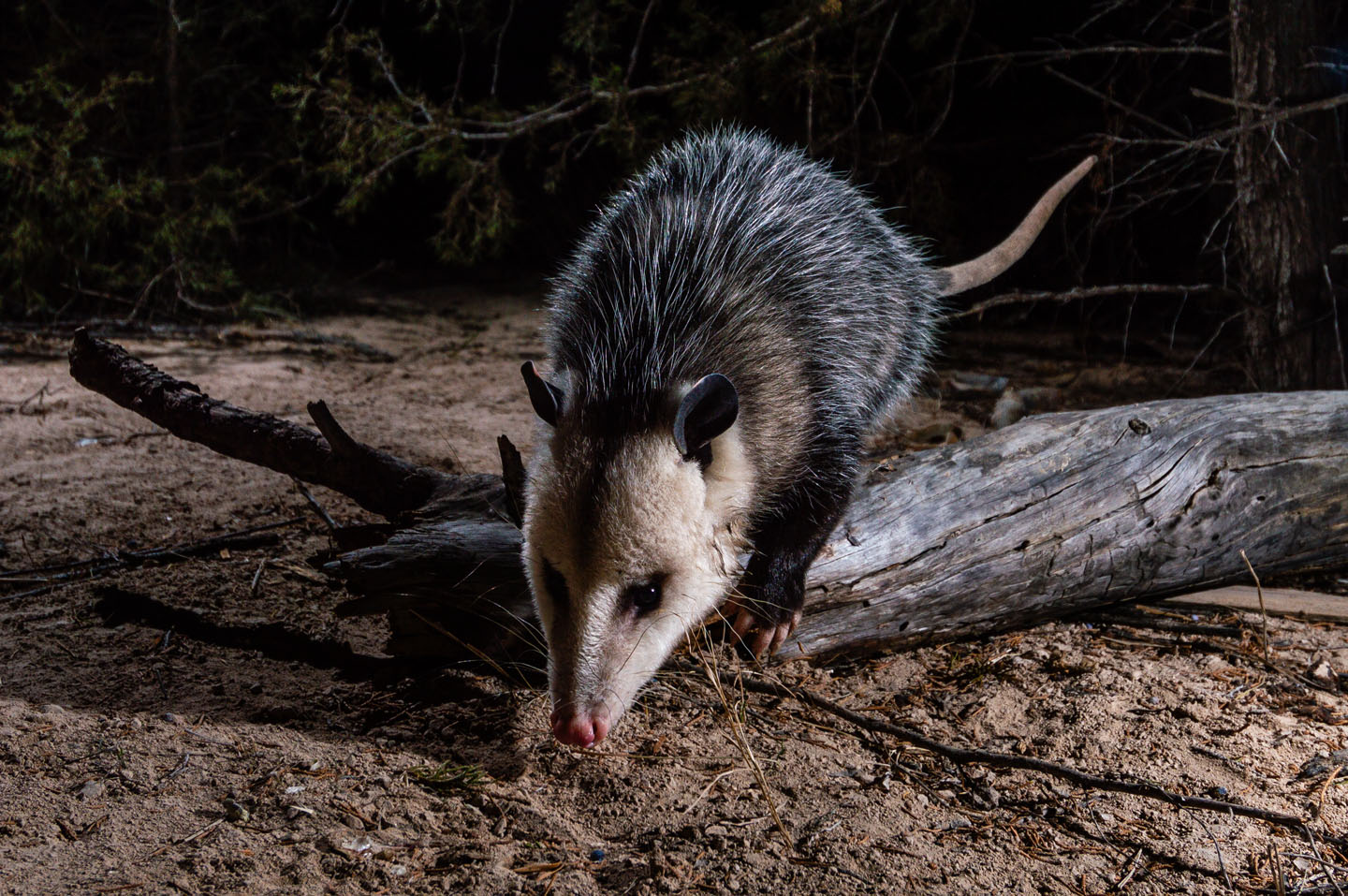
It’s a pleasure to encounter the many wild creatures that inhabit this property at various times of the year. It may be mule deer and red foxes along the drainages, sharp-tailed grouse on the hillsides, Canada geese and songbirds around the ponds or tree swallows in nest boxes. From the first pasque flower in March to the sunflowers blooming when Jack Frost arrives, the plant community puts on its own show. The state champion peachleaf willow tree is on the property.
When the college was founded in 1911, a large footprint was allotted to the school. The 50 acres with Briggs Pond, a dam built in 1938 as part of a livestock and farming operation, wasn’t included. When the Chadron State Foundation signed an option to buy those acres in 1974, Harold and LaVerne Thompson of Culver City, California, donated the $40,000 to buy it.
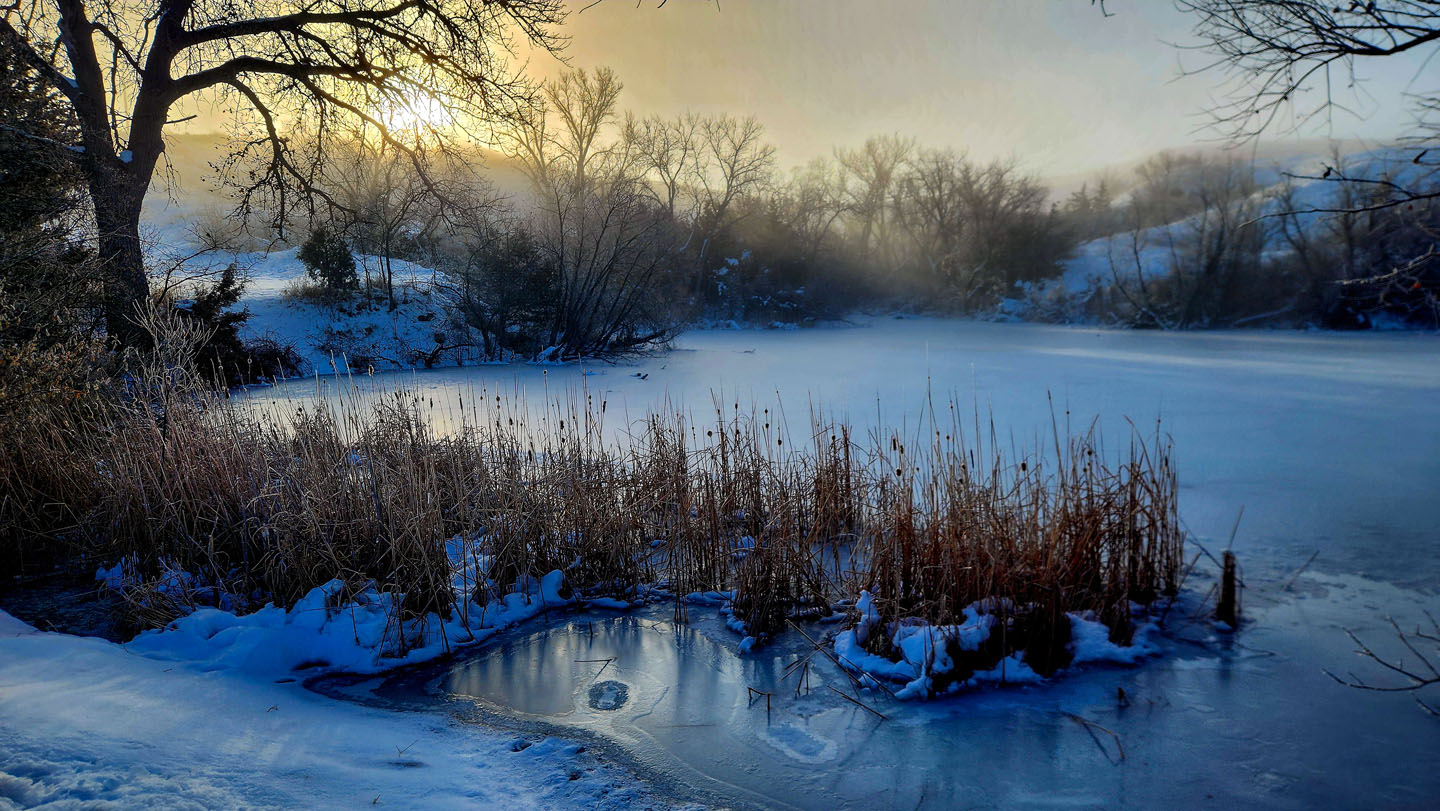
The property not only serves as a recreational resource, but also is an asset for the college’s science programs, including range and wildlife management.
As studies show people are becoming less connected to nature, such “urban” slices of the wild are important, and every community should make the most of what they have. Whenever I see Chadron kids have parked their bikes and gathered at the pond’s muddy banks to pursue bullfrogs and sunfish, I know the Thompsons would be happy with their investment. I’m even a little envious of those kids.
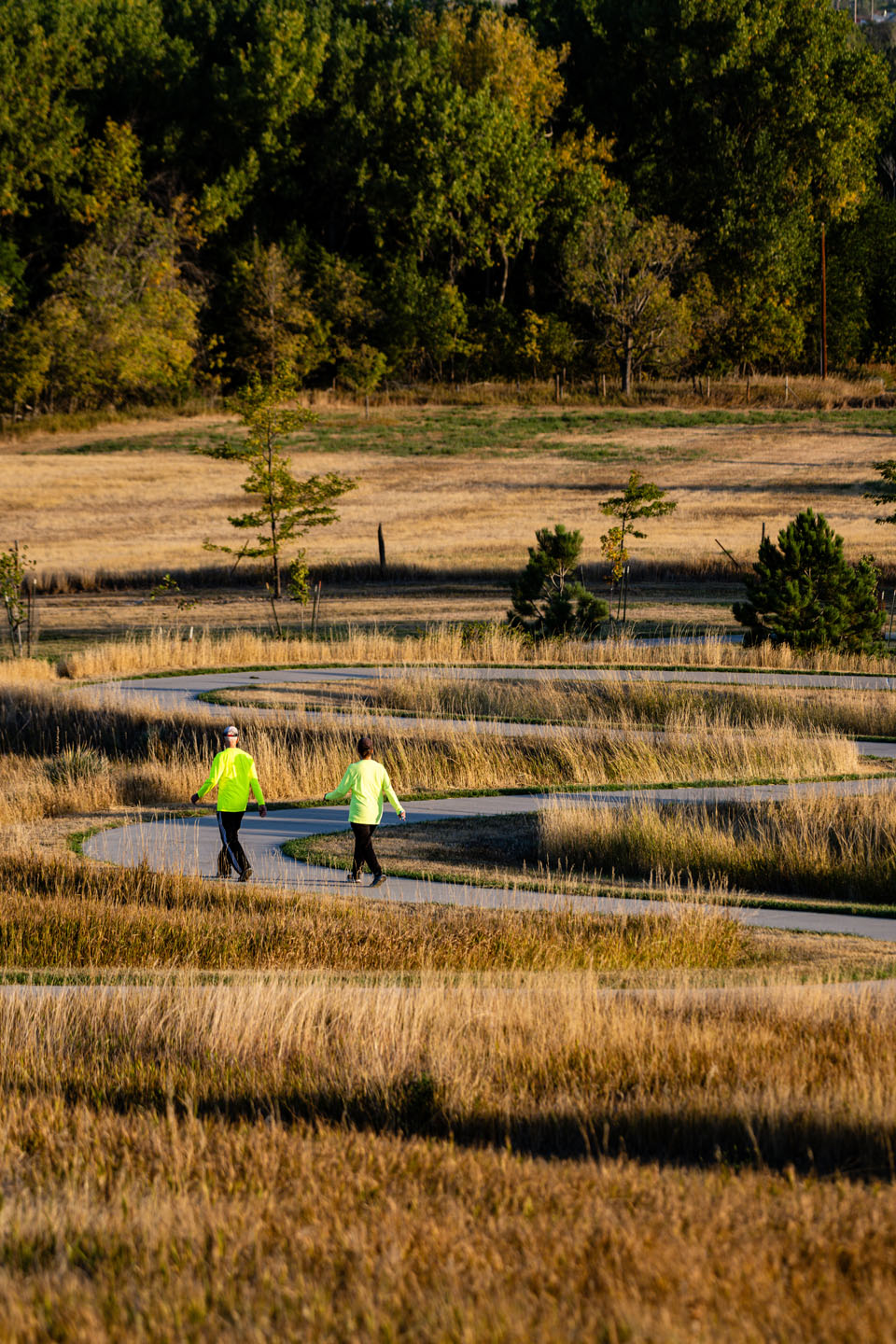
When I was growing up in the village of Danbury in the southwestern corner of the state, there was no pond or trail system to explore so conveniently. Regardless, my best friend and I made the most of whatever nature we could find. In our minds, the strips of trees along properties owned by the school and village might as well have been 100,000-acre forests, and were enough to rouse our sense of adventure.
That sense is rekindled every time I enter the Thompson Natural History Preserve. Wildest place in the Panhandle? Surely not. But it is wild enough.
